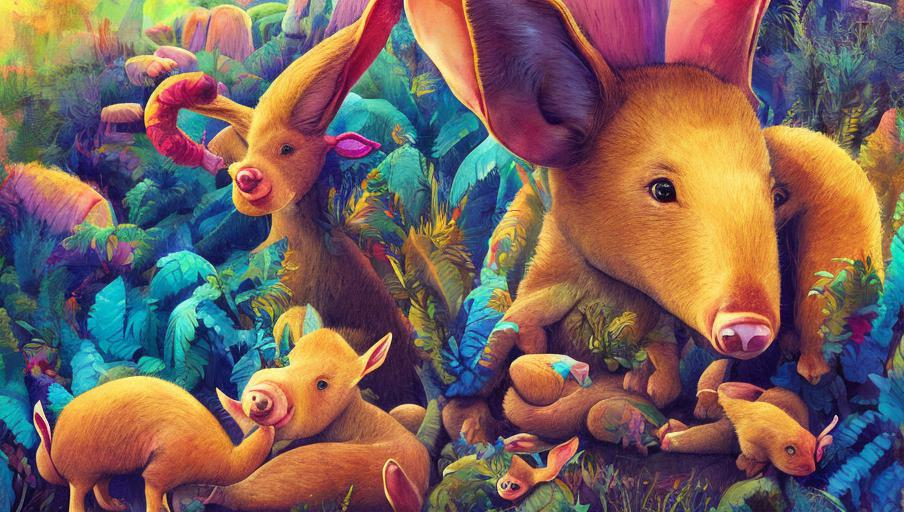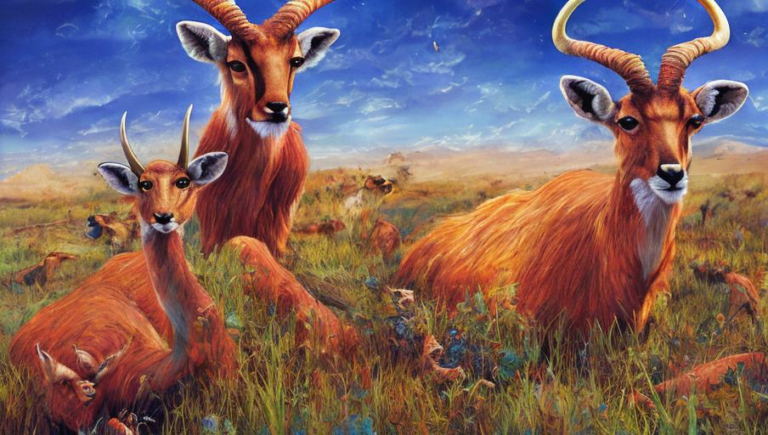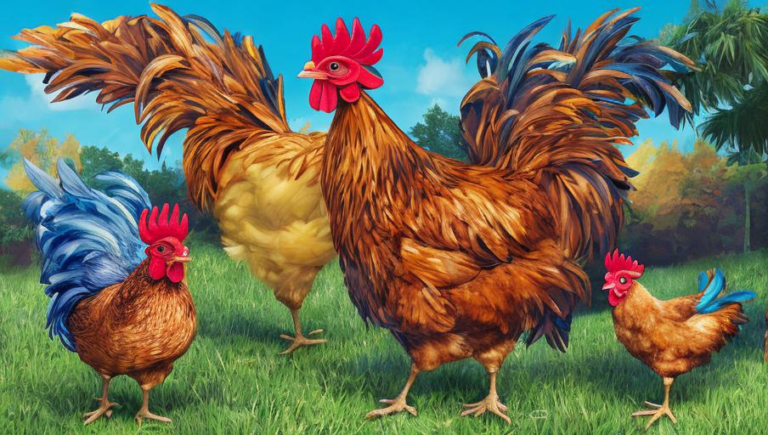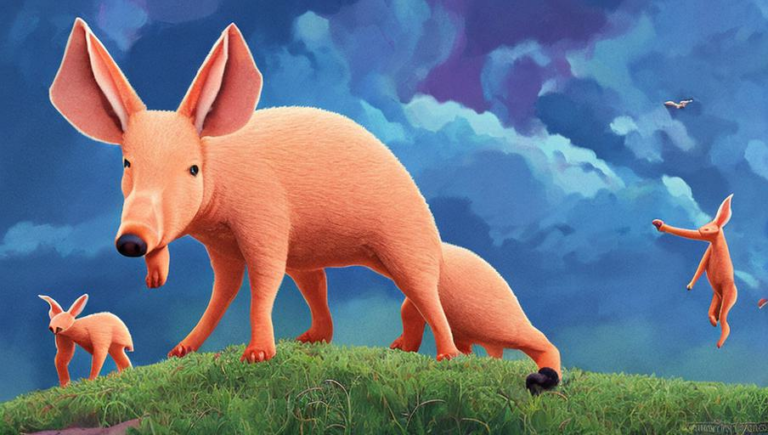Your Guide to the Aardvark’s Habitat

Introduction
The aardvark is an incredibly unique creature that is found across the African continent. This fascinating animal has a long, pig-like snout and powerful claws, making it well-suited for digging and burrowing for food. Aardvarks are nocturnal, and can often be seen emerging from their burrows in the evening to forage for food. Due to their unique characteristics and habits, aardvarks have adapted to live in a wide variety of habitats across Africa.
The Aardvark’s Habitat
Aardvarks are found in many African countries, including Ethiopia, Kenya, and South Africa. They can be found in both dry and wet habitats, including savannas, grasslands, and woodlands. Aardvarks are also known to inhabit rocky areas and the edges of dense forests.
Burrows
Aardvarks are adept diggers, and they use their powerful claws to create burrows in the ground. These burrows can range in size from a few inches to several feet deep. Aardvarks often use the same burrows over and over again, as they are well-suited for protection from predators.
Food Sources
Aardvarks are primarily insectivores, and they feed on a variety of insects, including ants and termites. They are also known to eat fruits and other plant matter. Aardvarks forage for food at night, using their long snout and tongue to find their prey.
Conservation Status
The aardvark is not currently considered an endangered species, but it is classified as Near Threatened by the International Union for Conservation of Nature (IUCN). This is due to the loss of habitat due to human activities such as logging, farming, and development. Additionally, aardvarks are hunted for their meat and skin in some parts of Africa. As a result, conservation efforts are needed to protect this unique species.
Conclusion
The aardvark is an incredible creature that is found across the African continent. It has adapted to various habitats and is an important part of the African ecosystem. Unfortunately, aardvarks are threatened by human activities, making conservation efforts essential. By learning more about this unique animal and its habitat, we can help to ensure its future survival.





